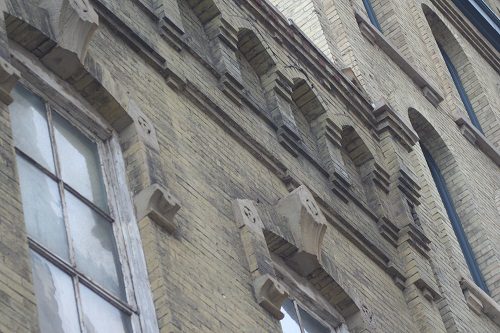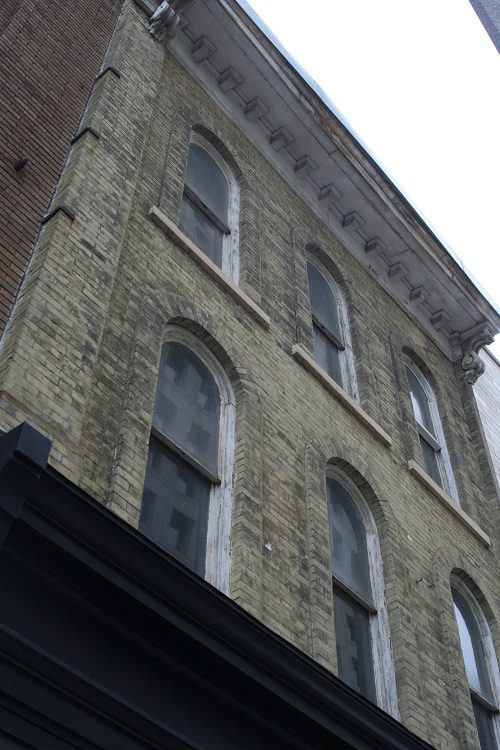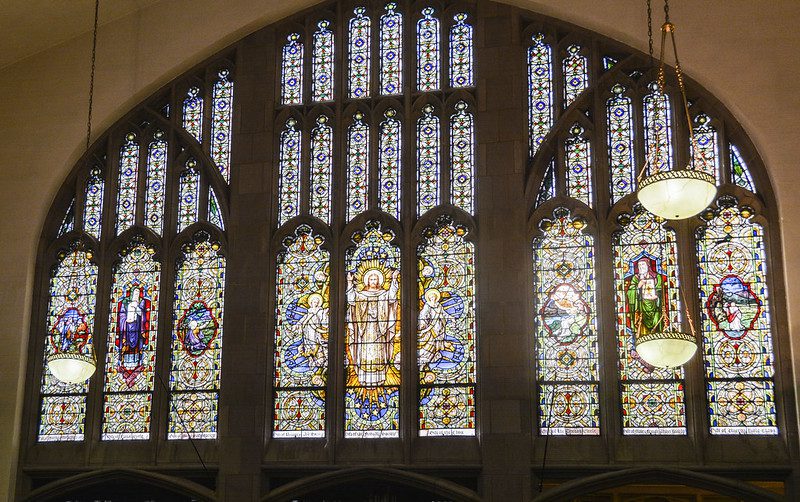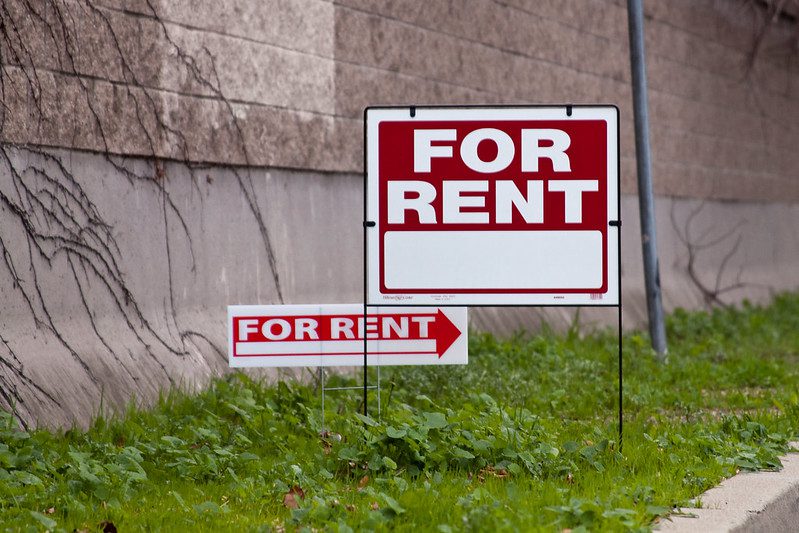The East Side Commercial Historic District is an enclave of historic structures representing a fascinating cross-section of Milwaukee’s eastern commercial development history. The district comprises three city blocks filled with roughly 40 structures representing an array of rich architectural characteristics from the late 19th century. Every building within this district is listed in the National Register of Historic Places and this diverse collection of Milwaukee architecture is known as one of the last remaining, comprehensive collections of historic architecture within a single defined density in the city.
The significance of the district has been written about and its importance is widely recognized by local, regional, and national historic preservationists, architects, and urban planners. Although largely unrecognized, the intrinsic cultural value found within this district has boundless potential for future fiscal value, both publicly and privately.
Yet when posed with the opportunity for new development within the district last year, city leadership made the decision to disregard the experts’ professional recommendations and demolish a handful of key structures (see images) in the most intact block of late 19th and early 20th century structures in the District. Instead, those empowered with the final vote favored an opinion driven by architects and planners who overlooked the value of the district.
I continue to hear local leaders—some pronounced, some self-proclaimed, some old, some young—pontificate on what's best for our city when it comes to development. The proposals on the table to enhance our city are predominantly geared toward new construction and have resurrected a strong sentiment of development versus preservation, in contrast with development enhanced through preservation, that our community felt ubiquitously 40 years ago. (Numerous efforts are taking place locally to buck this trend.) After each public conversation about how the benefits of new construction will outweigh what the current site has to offer, I learn the archetypal background of the leader or the advisory team behind the proposal: finance. Upon learning this tidbit time and again, and then hearing voices at the microphone say that the character, design, or building proportion are secondary considerations in making a development work, I find myself thinking:
You know how to make numbers work for people; I know how to make the built environment work for people. Let's respectfully apply our areas of expertise to corresponding issues.
The aforementioned statement is a summation of my experience to date, and surely I invite some critique in being so direct. However, I must take a leap within such concision in order to explore the phenomena of current development affairs. These decisions determine how we maintain a quality of living that benefits society.
There is a danger in being “armchair” anything – an armchair architect, an armchair planner, or another profession that requires years of formal education, training, and licensure. We are in a day and age where our exorbitant world population allows us to maintain deep specialization and expertise in diverse professional fields. Being specialized offers a great societal advantage: we generate a greater ability to innovate within each field. If we water down these areas of expertise by being “armchair” decision-makers, is it fair to say that we jeopardize the likelihood of achieving innovation?
It’s certainly crucial for each of us to have vast interests, to follow our passions, and to participate in conversations that enhance knowledge around a particular topic. In fact, I have commented previously on the importance of sharing best practices with colleagues through informal and formal collaborations. However, these dialogues mustn’t be the primary forums through which we inform our decisions. Armchair architects and planners should not be the sole advisors when it comes to changes in our built environment.
Leaders making critical development decisions need to confide in trusted experts in architecture, city planning, and urban design. Focus not on heavily critiquing an opposing party; focus instead on invoking witty banter regarding proportion, setbacks, massing, scale, or aesthetic. When the conversations steer in this direction, I believe many disenfranchised community members will begin to take stock in our local development decisions.
What does demolition do for a community's bottom line? For environmental sustainability? For carrying the legacy of a city’s history and informing the next generation of the past? Are we constructing new buildings to last the next 150 years? My professional training has led me to believe that little good results from most types of demolition. In demolition, we fundamentally admit that we have no way of creatively adapting, that we have no way to improve upon what we have been handed, and that we have no way to innovate without first having a clean slate.
Apollo 13 made its way home after a team of experts determined how to, literally, fit a square peg into a round hole. To bring the crew home safely, the team of strategists had to adaptively reuse parts that were sitting in the shuttle. If we want to prolong and enhance the lives of our children and grandchildren, then in many ways, we need to adaptively reuse the parts we've been handed.
This post was co-authored by Stephanie Allewalt and Michael Hacker. Photos by Michael Hacker, November 2011.







Comments